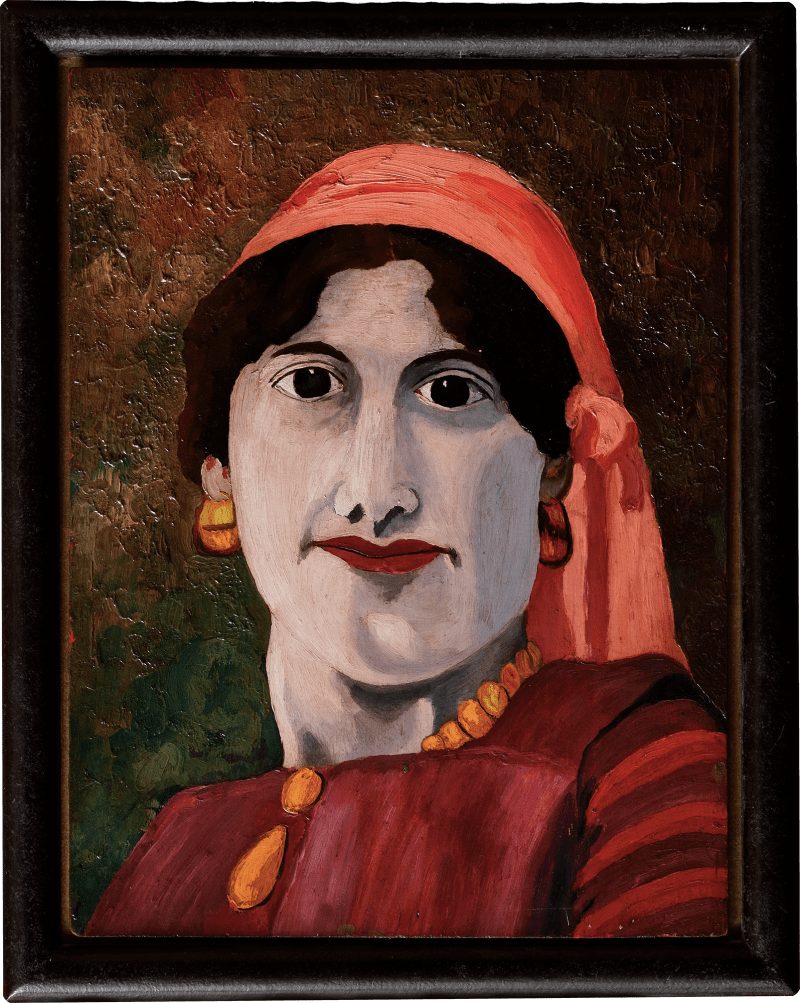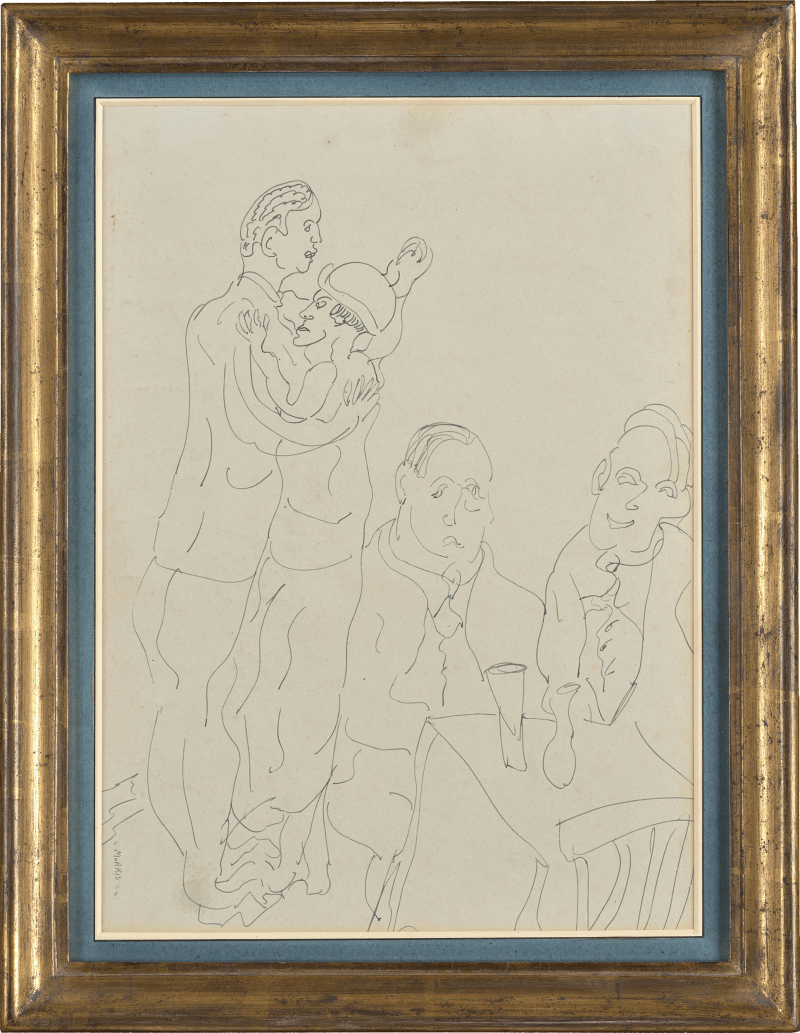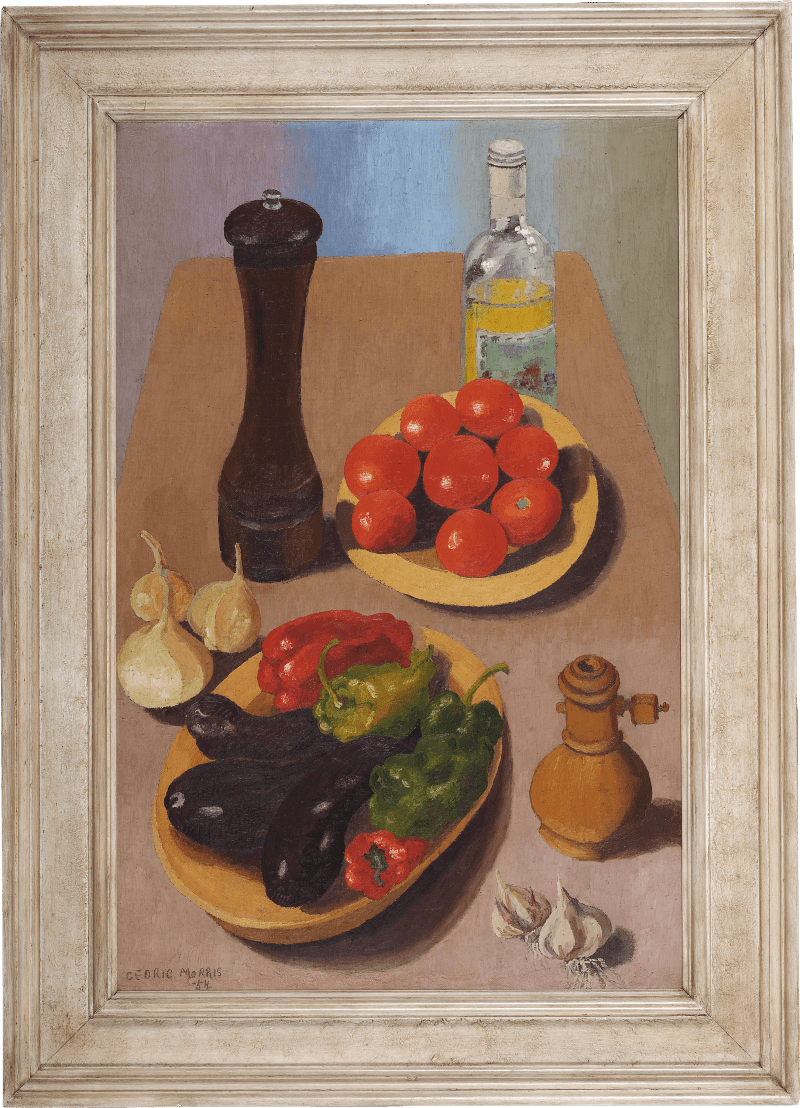Enquire
This is one of Cedric Morris's largest and most accomplished still-life works and has only recently come to the market, having been in the same collection since it was acquired from the painter in the 1950s.
The gardens that Morris created at Benton End garnered him international fame: he was highly regarded as a plant collector, often gathered on his travels, and plant propagator, particularly of irises. Morris’s deep and thorough knowledge of botany was undoubtedly the bedrock of his paintings, suffused...
This is one of Cedric Morris's largest and most accomplished still-life works and has only recently come to the market, having been in the same collection since it was acquired from the painter in the 1950s. The gardens that Morris created at Benton End garnered him international fame: he was highly regarded as a plant collector, often gathered on his travels, and plant propagator, particularly of irises. Morris’s deep and thorough knowledge of botany was undoubtedly the bedrock of his paintings, suffused as they were with his profound appreciation for each and every plant. These plants and produce were imbued with personality, taking on anthropomorphic qualities and seemingly having their own interior lives. Traditional still life painting takes on, under Morris’s paintbrush, an unorthodox modernist sensibility, part way between Surrealism and Expressionism. |











